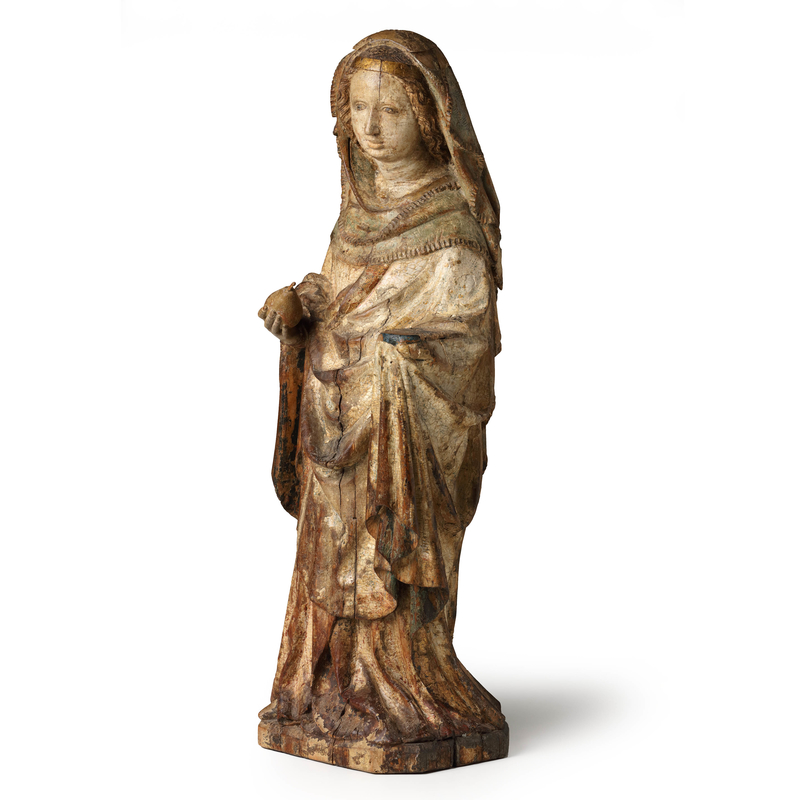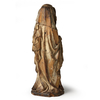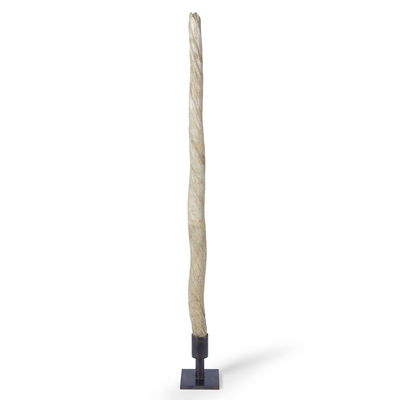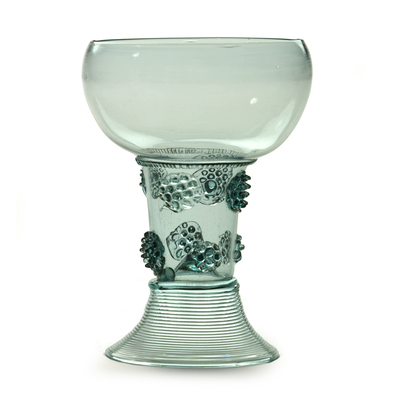Virgin with a pear
Global shipping available
- Origin
- Austria, Salzburg
- Period
- C. 1430
- Material
- Limewood with original polychromy and gilding
- Height
- 68 cm
- Width
- 25 cm
- Depth
- 23 cm
- Literature
A. Legner, Spätgotik in Salzburg: Skulptur und Kunstgewerbe 1400-1530, Salzburg 1976, p. 59, 61.
S. Guillot de Suduiraut (ed.), Sculptures allemandes de la fin du Moyen Age dans les collections publiques françaises 1400-1530, Paris 1991.
T. Husband, ‘A Beautiful Madonna in the Cloisters Collection’, in: The Metropolitan Museum of Art Bulletin, vol. 28, 1970, pp. 278 - 290.
Questions about this object?
Please use one of the contact options below:
Description
This limewood sculpture, carved entirely in the round, with original gilding and polychromy, is in the style of the 'Schöne Madonnen'. These refined and serene madonnas are expressions of the 'Schöner Stil' around 1400, part of the International Gothic style, in which natural grace and aesthetic elegance are united. With soft, flowing lines, lush draperies and deep colours, an idealised realism was sought. The Madonnas were mainly produced in Bohemia, Silesia, Western Poland, Bavaria and Austria, with Prague, Vienna and Salzburg as the most important centres. The 'Schöner Stil' would dominate religious sculpture until well into the middle of the 15th cent
The sculpture has a short stature, positioned in an S-curve. She wears a flowingly draped mantle, which falls in folds along her arms, with an elegant headscarf. On both the draperies and the headdress are traces of the richly decorated original polychromy. She wears a gilded band around her finely carved curls. In her outstretched right hand, she holds a pear, a symbol of divine love and counterpart to the apple from Paradise. Similar madonnas are often depicted with a Christ child on the left arm, but judging from its placement, the now lost attribute in her left hand was probably not a child. It is possible that she represents a female saint instead.
The sculpture has strong similarities in positioning and draping with a Saint Agnes from the former Gustav Rau collection, and given the rounded, high forehead, with the Madonna from Grossarl, both dated around 1420.








